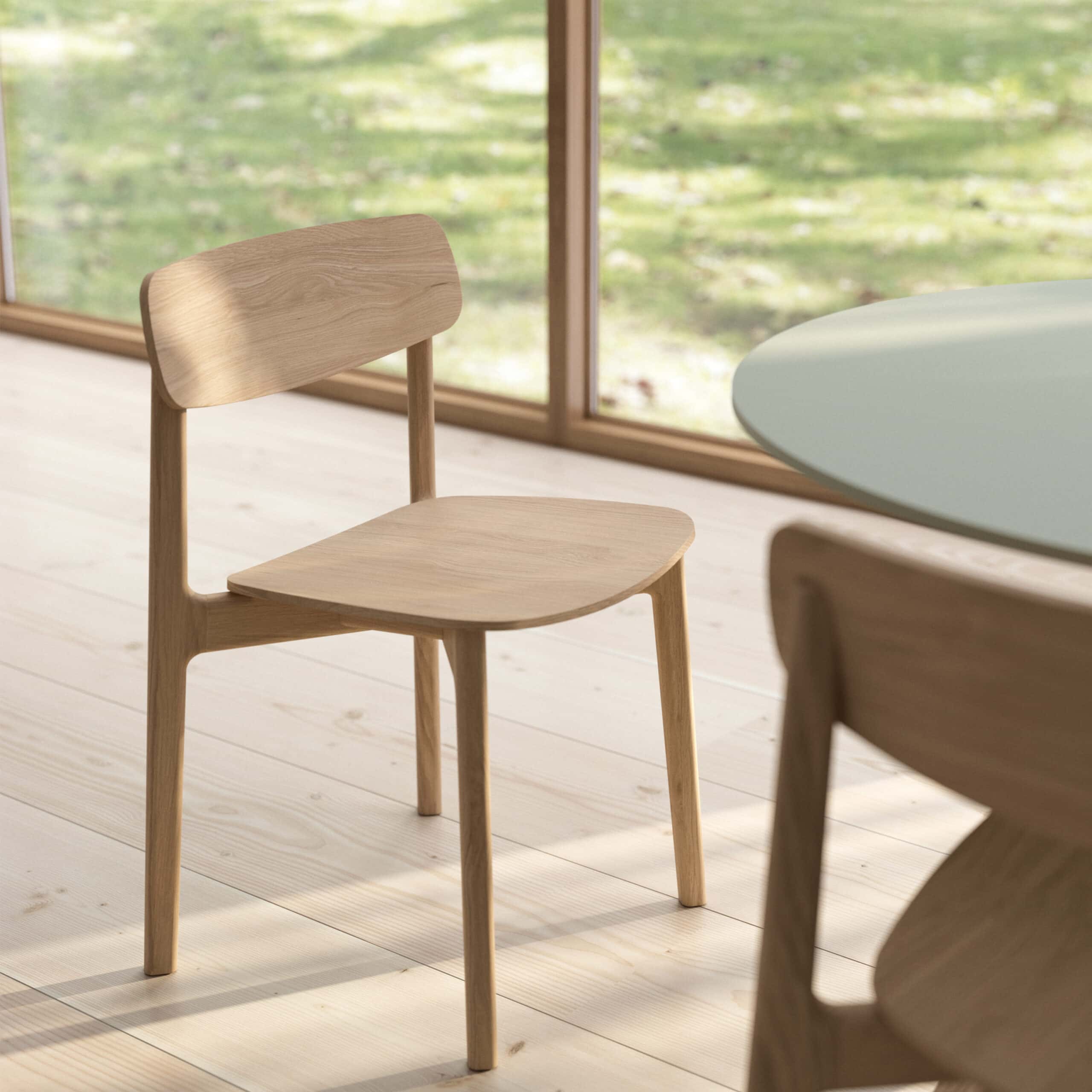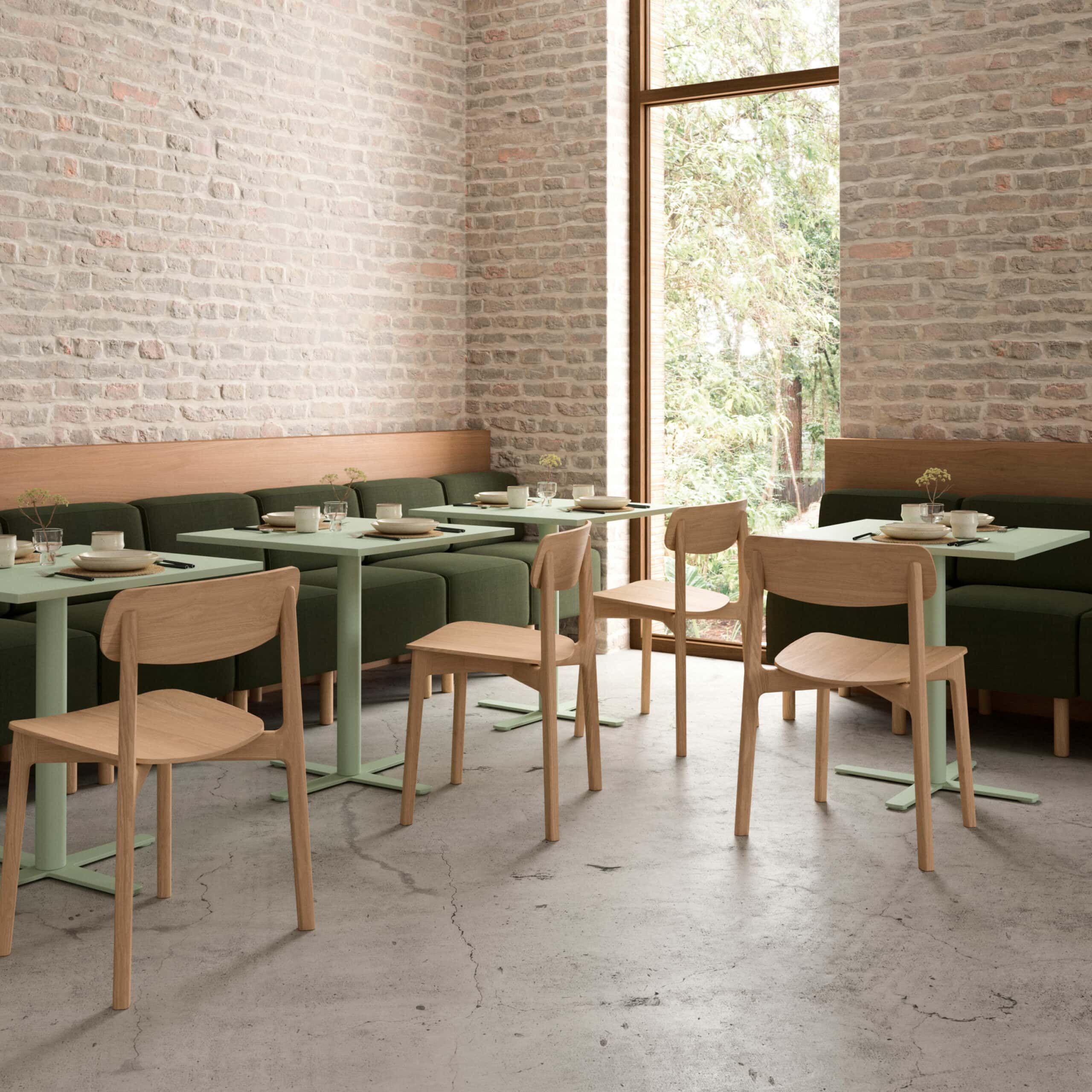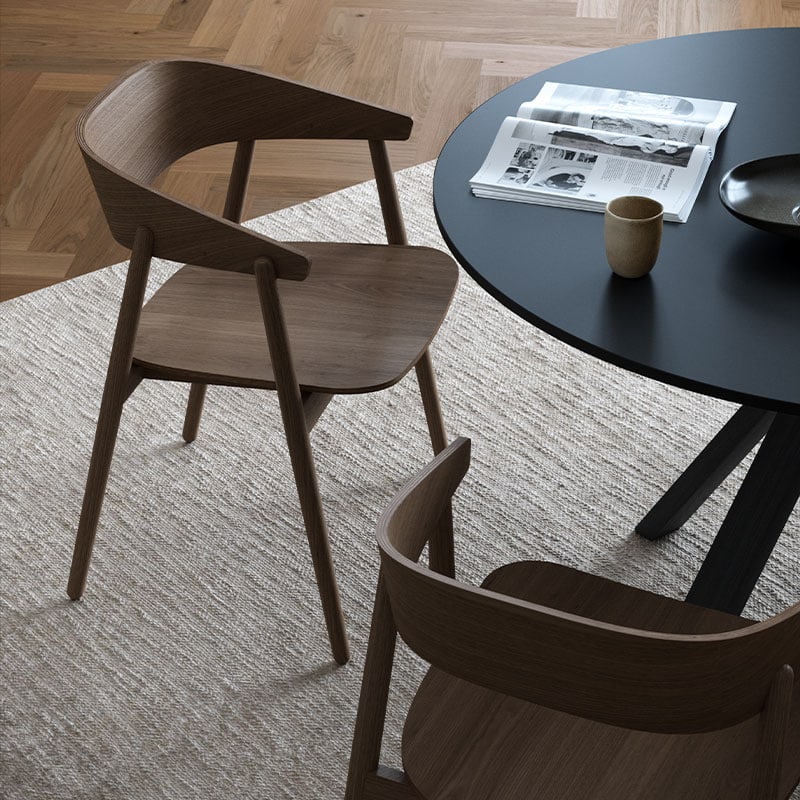
Ari Kanerva
Ari Kanerva is a Finnish designer recognized for his elegant, minimalist style and keen attention to detail. He completed his Master’s degree in Spatial and Furniture Design at the University of Art and Design Helsinki in 2008. Today, he runs his own design studio in Turku, where he focuses primarily on furniture and product design.
Ari Kanerva’s work is characterized by a strong understanding of functionality, material selection, and ergonomics. Each design starts with thorough research into the object’s purpose and is developed through a hands-on process, moving from sketches to prototypes and finally to the finished product.
“A design process is a chain of challenges and solutions,” says Ari Kanerva – a development he finds deeply fascinating.
Designs with visual balance
His aesthetic is calm yet distinctive. It is minimalist without being anonymous, elegant without being excessive, and his work is marked by visual balance, purposeful simplicity, and subtle details that emerge upon closer inspection.
Ari Kanerva has collaborated with both Finnish and international companies, and his designs have been exhibited globally. In 2019, he was named Furniture Designer of the Year by the Finnish Association of Interior Architects (SIO), who praised his ability to bring a modern sensibility to timeless forms:
“Ari Kanerva has created his own version of modernism. An international designer with a clear Finnish touch – he stands out as enthusiastic, inventive, and instantly recognizable,” the statement said at the time.
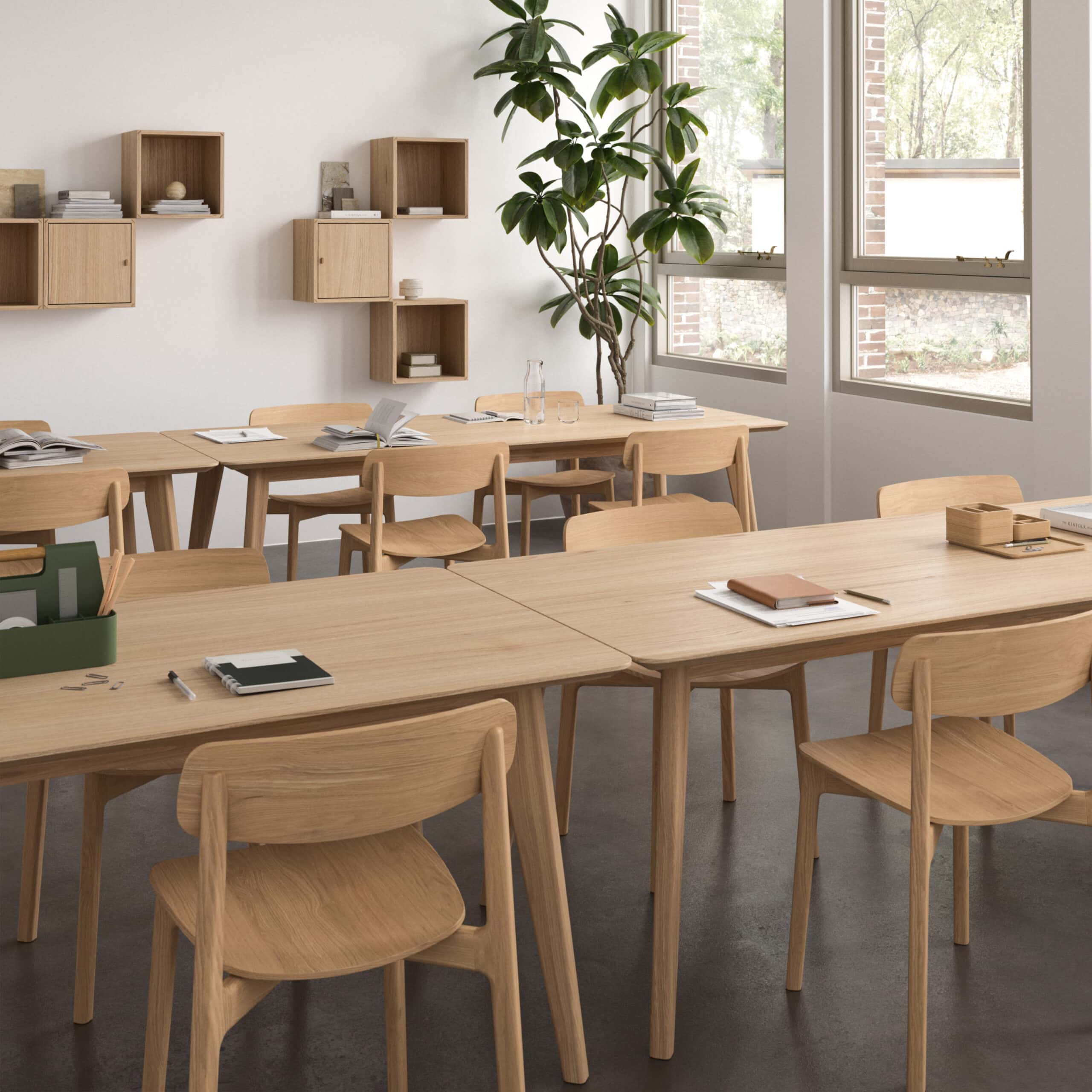
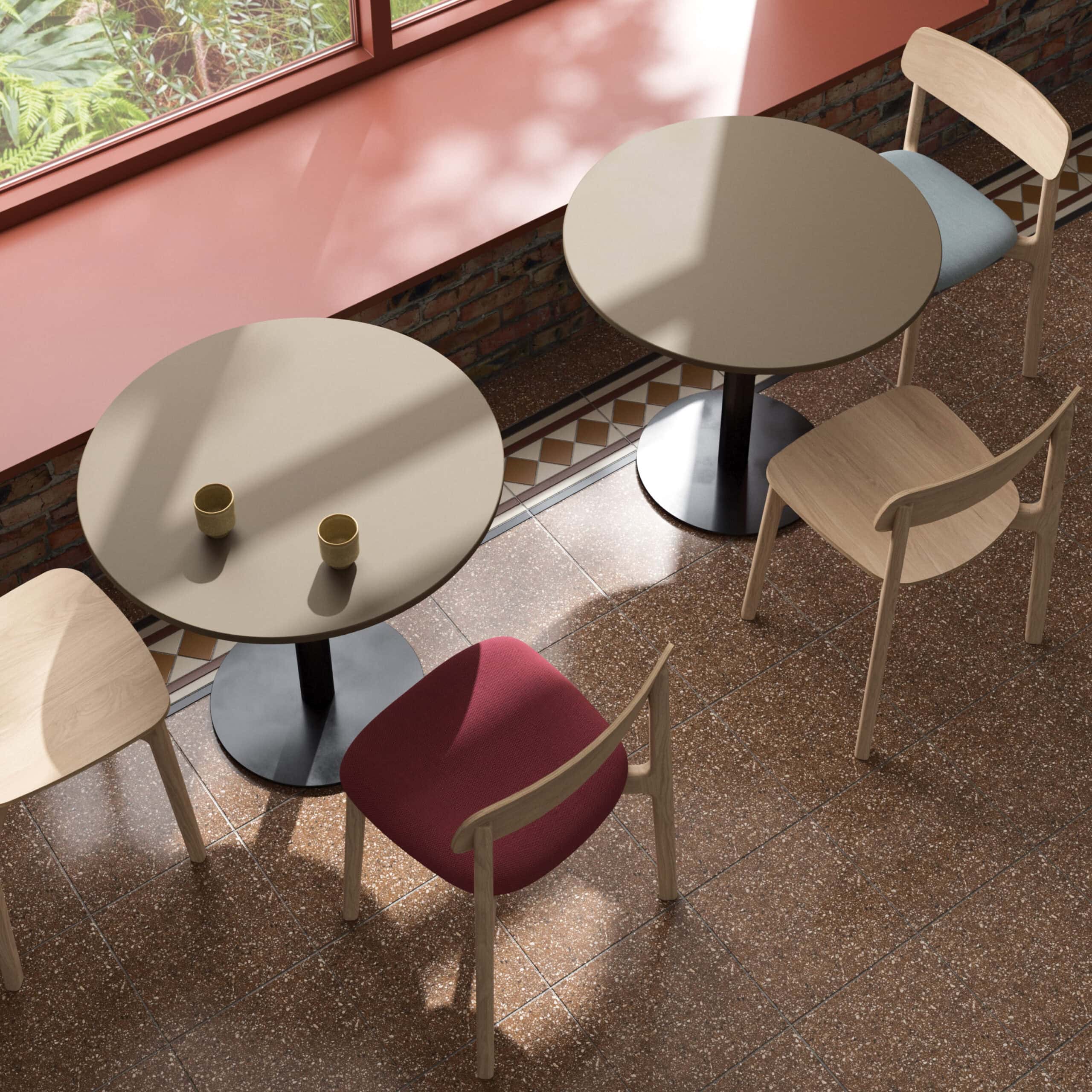
About the Anch Chair
Ari Kanerva designed the Anch Chair for Andersen Furniture. The Anch Chair was created with a focus on designing a harmonious chair without striking details, yet with a timeless and universal expression.
Ari Kanerva says about the Anch Chair: “The aim was to design a versatile, stackable chair that fits seamlessly into a wide range of interiors – a chair that reflects contemporary design language while maintaining a timeless and universal form. A chair that feels familiar yet distinct.”
